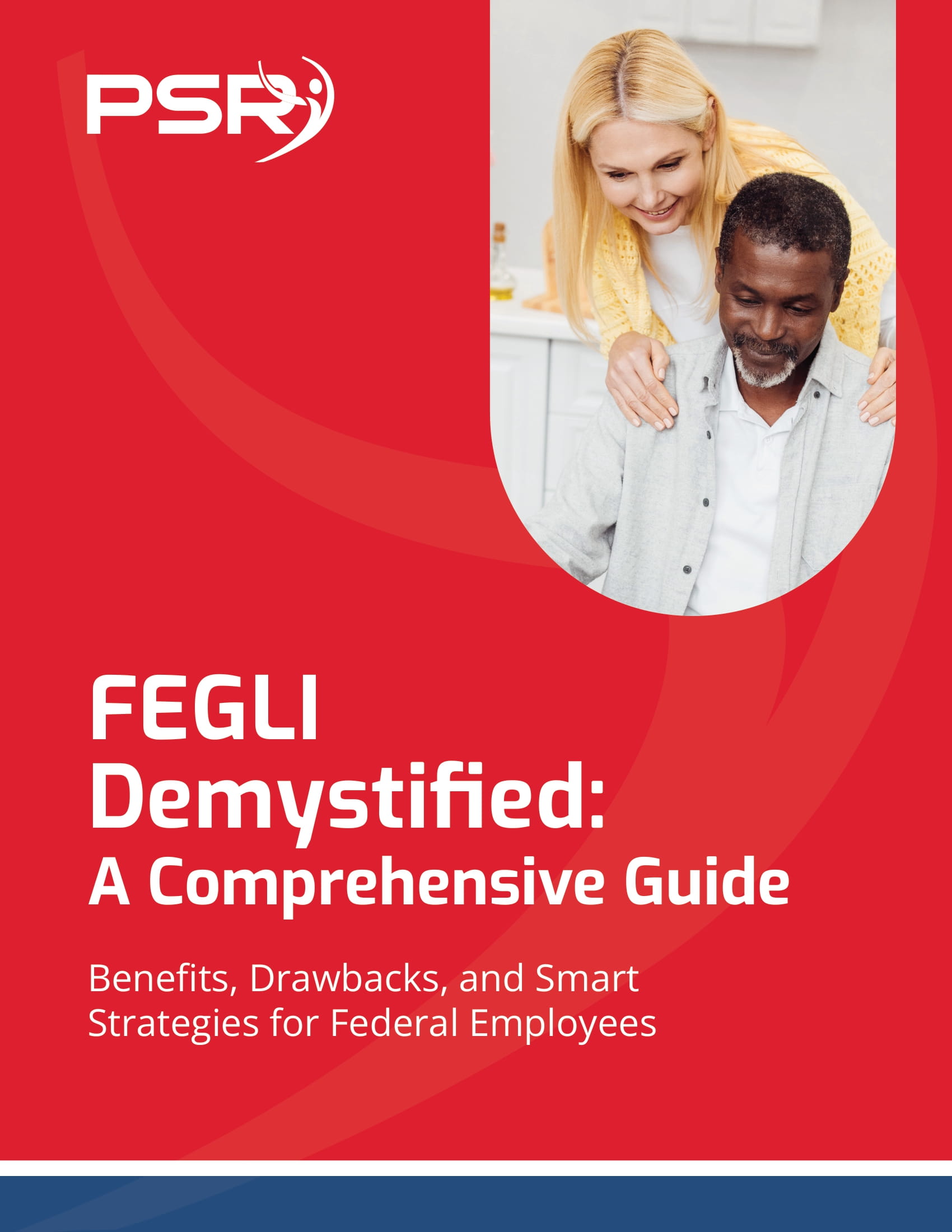Key Takeaways
-
Enrolling in Medicare at the right time can reduce your out-of-pocket costs while keeping your FEHB benefits active and efficient.
-
Missteps in timing can cause delays, penalties, or overlapping premiums that may affect your retirement income.
Understanding the Basics: Medicare and FEHB in 2025
As a government employee or retiree, you may be eligible for both Medicare and the Federal Employees Health Benefits (FEHB) Program. In 2025, these two systems can still work together to offer you strong health coverage—but only if you understand the coordination rules and get the timing right.
Medicare becomes available at age 65, and FEHB coverage continues into retirement as long as you meet the eligibility rules. The key is figuring out how and when to use both effectively so you don’t end up paying more than necessary or missing essential coverage.
Why Timing Is So Critical
When it comes to aligning Medicare and FEHB, timing isn’t just a matter of convenience—it’s central to maximizing your benefits and minimizing costs.
Medicare Part A and Part B Enrollment
-
Part A (Hospital Insurance): You’re eligible at age 65. Most people don’t pay a premium for Part A if they or their spouse worked for at least 10 years.
-
Part B (Medical Insurance): You must actively enroll and pay a monthly premium. In 2025, the standard Part B premium is $185.
If you retire before age 65, your FEHB plan continues to provide coverage until you become Medicare-eligible. Once you reach 65, timing your Medicare enrollment correctly matters a lot:
-
If you’re already receiving Social Security, you’re automatically enrolled in Part A and Part B.
-
If not, you’ll need to sign up manually during your Initial Enrollment Period (IEP)—which is a 7-month window around your 65th birthday.
Failing to enroll in Part B during your IEP may result in a permanent late enrollment penalty unless you have qualifying coverage.
Coordinating Medicare and FEHB in Retirement
Once you’re retired and eligible for Medicare, how these two systems coordinate determines your overall healthcare coverage and cost burden.
Primary vs. Secondary Payer
-
If you’re retired, Medicare becomes your primary payer and FEHB becomes secondary.
-
If you’re still working, your FEHB remains primary and Medicare is secondary.
Understanding this distinction is essential because the secondary plan only pays what the primary plan doesn’t cover.
When to Enroll in Part B
Many retirees choose to enroll in both Medicare Part A and Part B at age 65 to coordinate with FEHB. Here’s why:
-
FEHB plans often waive or reduce deductibles, coinsurance, and copayments when you have Medicare Parts A and B.
-
Not enrolling in Part B can increase your out-of-pocket costs even if you keep your FEHB.
-
Certain FEHB plans may not pay at all if you’re eligible for Medicare and choose not to enroll in Part B.
But timing is everything. If you delay Part B enrollment without qualifying employment-based coverage, you’ll likely face penalties and gaps in coverage.
If You’re Still Working at 65
If you’re still an active employee at 65 and covered under FEHB through your job, you may delay enrolling in Medicare Part B without penalty. Here’s how to manage it:
-
You qualify for a Special Enrollment Period (SEP) to sign up for Medicare Part B later, without penalty, once your employment ends.
-
The SEP lasts for 8 months after your FEHB coverage ends due to retirement.
In this case, you may choose to:
-
Enroll in Part A at 65 since it’s premium-free and can help cover inpatient costs.
-
Delay Part B until retirement, then use the SEP to enroll.
What Happens If You Miss Your Enrollment Window
Missing your Initial Enrollment Period and not qualifying for a SEP means waiting for the General Enrollment Period (January 1 – March 31 each year), with coverage beginning in July.
This delay can leave you without Medicare coverage for months and may trigger late penalties:
-
The Part B late enrollment penalty adds 10% to your premium for every 12-month period you delay.
To avoid these issues, carefully assess your timeline. Ideally, enroll during your IEP or SEP, depending on whether you’re still working.
Keeping FEHB After Medicare Enrollment
You don’t have to drop your FEHB when you get Medicare. In fact, keeping both often offers more complete coverage. The trick is making sure they work in sync.
Benefits of Keeping FEHB with Medicare
-
Lower out-of-pocket costs due to Medicare being primary.
-
FEHB can cover services that Medicare doesn’t, like overseas care or dental and vision (depending on your plan).
-
You have flexibility in providers and plan features not always available under Medicare alone.
What You Need to Know
-
You’re allowed to suspend—not cancel—FEHB if you enroll in a Medicare Advantage plan, which allows you to return to FEHB later.
-
If you drop FEHB, you likely won’t be able to get it back unless you’re eligible under special rules.
Timing Considerations for Spouses and Dependents
If your spouse or dependents are on your FEHB plan and you enroll in Medicare, timing can impact their coverage, too:
-
FEHB remains available to your spouse and eligible dependents even if you enroll in Medicare.
-
If you suspend or cancel FEHB, they could lose access unless they qualify for their own FEHB coverage.
Make sure to factor in your family’s needs when planning your Medicare and FEHB coordination.
Making the Most of Your Open Season Opportunities
Each year, from mid-November to mid-December, you can review and change your FEHB plan during Open Season. This is the perfect time to ensure your plan still works with your Medicare strategy.
What to consider during Open Season:
-
Does your FEHB plan waive deductibles and copayments when paired with Medicare?
-
Are your medications still covered affordably under your plan?
-
Do you need nationwide or international coverage?
-
Are your preferred doctors still in the network?
Your answers can help you fine-tune the FEHB-Medicare combo to suit your post-retirement health needs.
Understanding Out-of-Pocket Cost Sharing in 2025
In 2025, Medicare introduces a $2,000 annual cap on out-of-pocket drug costs under Part D. While this offers new relief, your FEHB plan may offer its own pharmacy benefits that either complement or overlap with Medicare.
Medicare Part B comes with a $257 deductible and 20% coinsurance for many services. If you coordinate it with FEHB:
-
FEHB often picks up the remaining 20%, meaning little or no out-of-pocket expense.
-
Some FEHB plans even reimburse your Medicare Part B premium.
However, these benefits vary, so it’s crucial to examine your specific FEHB plan’s coordination with Medicare.
Planning Ahead for a Seamless Transition
The best time to begin planning your FEHB-Medicare transition is at least 6 months before your 65th birthday or planned retirement date. Use that time to:
-
Review your FEHB plan brochures for coordination rules.
-
Contact your benefits office or a licensed agent.
-
Compare FEHB plan features that work best with Medicare Parts A and B.
This preparation helps you avoid last-minute decisions that could lead to higher costs or reduced coverage.
Why Timing and Coordination Can’t Be Ignored
When done correctly, Medicare and FEHB can work together to give you layered, powerful healthcare protection in retirement. But getting the timing wrong—by delaying enrollment or misunderstanding your coverage sequence—can result in penalties, gaps, or costly redundancies.
Being proactive allows you to preserve both your health and your retirement income.
If you have questions about your specific situation, get in touch with a licensed agent listed on this website for personalized guidance.









